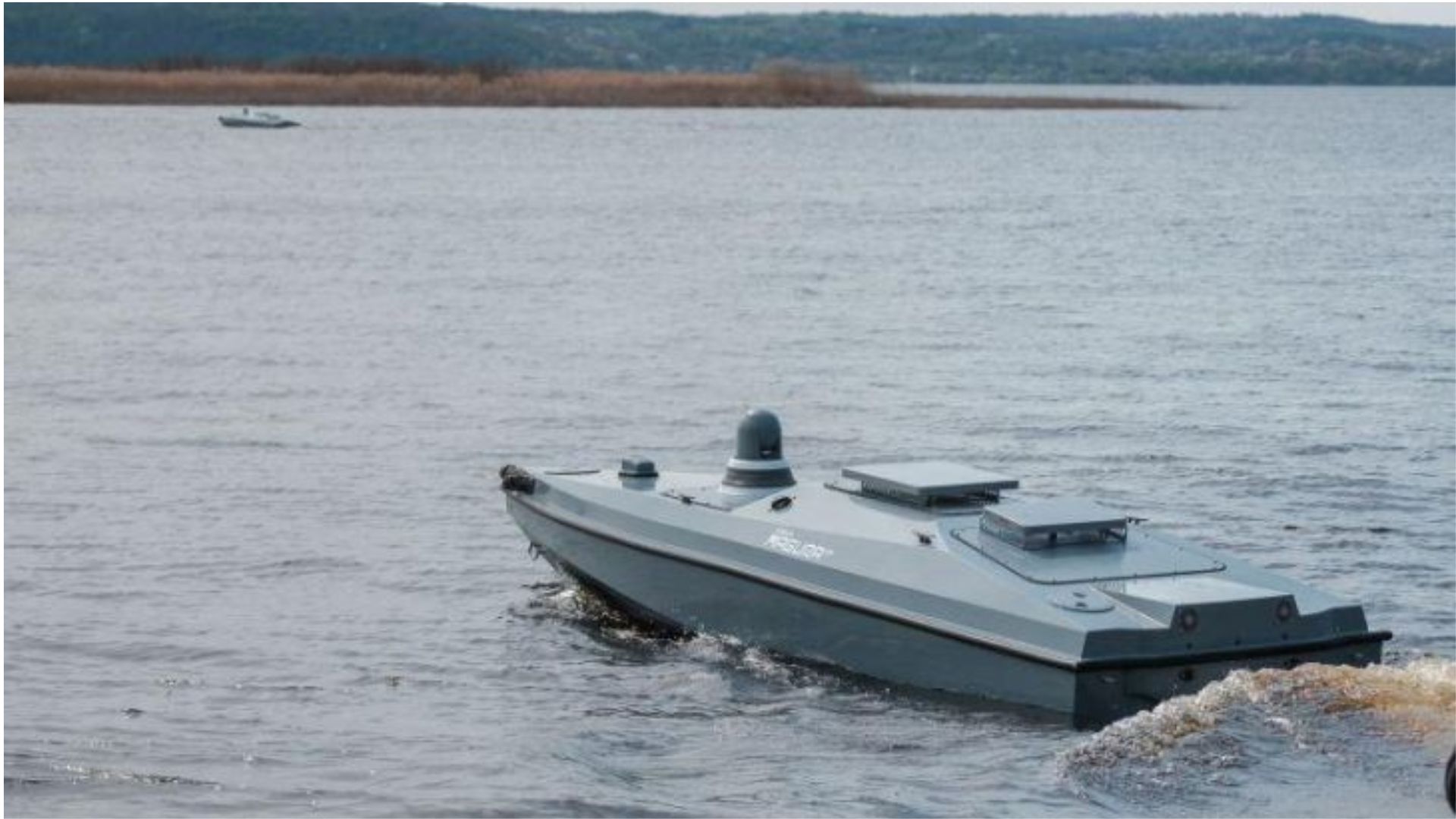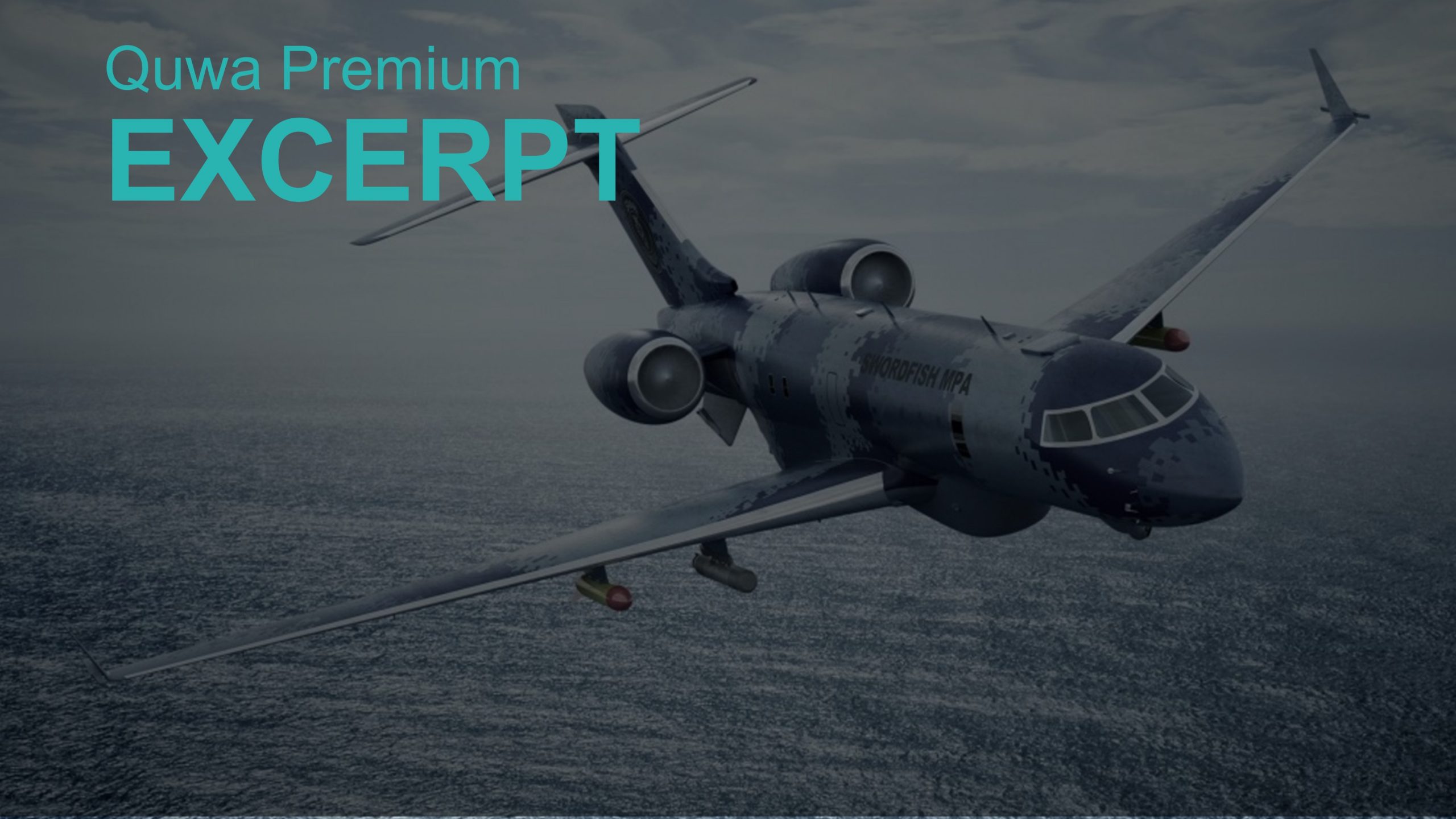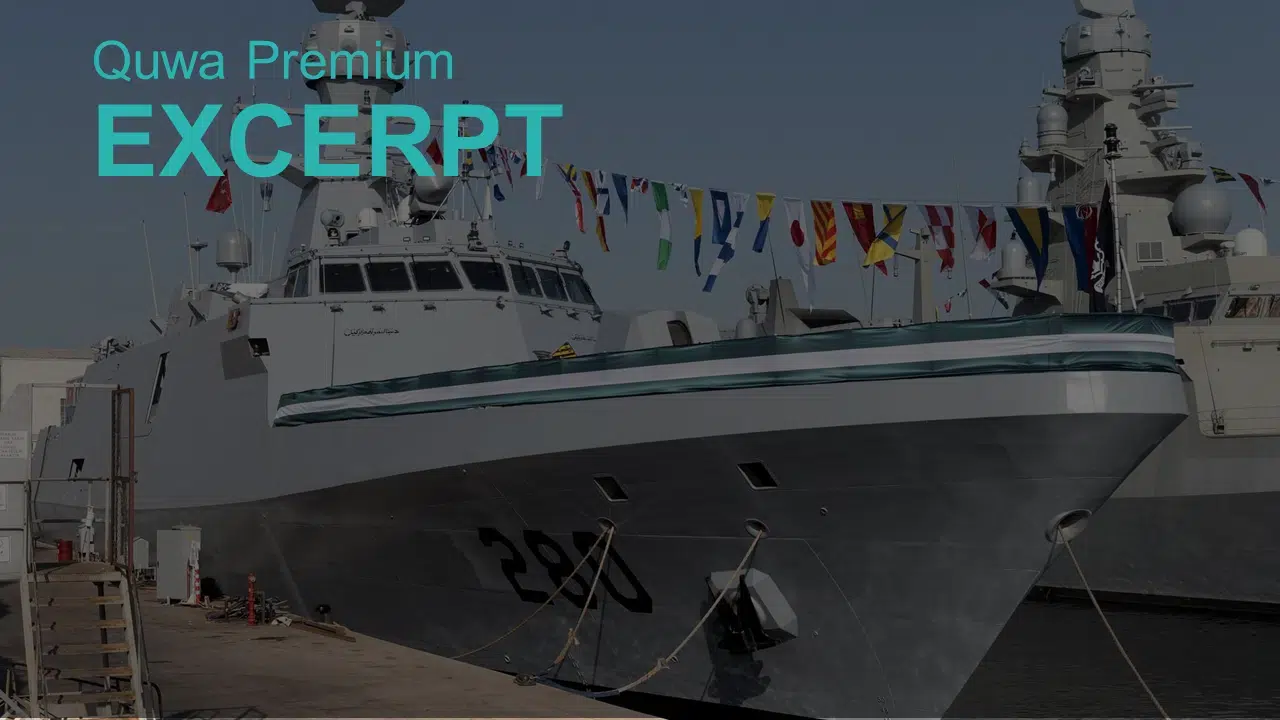14139Views

How Ukraine’s Naval Success Reveals a Hidden Opportunity for Pakistan Quwa Premium
In our weekly report, we discussed how the Pakistan Navy (PN) is taking an conservative approach to the Jinnah-class frigate. We contended that surface combatants are, fundamentally, not the PN’s priority from an active warfighting perspective.
This is not to say surface combatants are not crucial to the PN’s planning; rather, surface warships serve a pivotal role in that they drive the PN’s peacetime roles, such as building a presence at sea, providing an initial defensive layer in some areas (such as area-wide air defence), and supporting wartime functions in coordination with other assets, such as anti-submarine warfare (ASW).
However, these roles do not necessitate much beyond the modest configuration planned for the Jinnah-class frigate, which is, at most, a relatively minor, iterative improvement to the Babur-class corvette, with the most apparent change being four additional vertical launch system (VLS) cells.
That said, we also highlighted that shifts in naval technology could even eat into the importance of surface warships from a warfighting perspective. The most notable shift in this sense would be the emergence of unmanned surface vehicles (USV).
USVs are in their early development stages and, even today, take a diverse range of forms, from China’s 400+ ton JARI-USV-A, which is armed with 12 VLS cells for surface-to-air missiles (SAM) and anti-ship cruising missiles (ASCM), on one end, and the more common sub-10-ton lightweight attack boat-inspired designs from Turkey, Ukraine, and many others.
USVs modelled on the latter approach are already seeing live operational use in combat, such as Ukraine’s MAGURA platform. USVs like the MAGURA offer a way to build wartime-focused surface capabilities that can scale quickly, absorb losses, and induce pressure on the adversary’s surface combatants and, potentially, land-based assets.
USVs will not replace traditional frigates, but they can help navies with tighter fiscal constraints like the PN to leverage the wartime benefits of a surface fleet without having to invest in many expensive frigates or corvettes.
Karachi Shipyard & Engineering Works (KSEW) unveiled unmanned surface vessel (USV) armed with remote control weapon system (RCWS) during IDEAS 2024.#IDEAS2024 #Pakistan #PAKNavy pic.twitter.com/YXVMsxlw4J
— Global Defence Agency (@Defence_GDA) November 25, 2024
To its credit, the PN is actively thinking about USVs. Not only has Naval Headquarters (NHQ) made USVs one of its goals for future procurement, but the National Engineering and Scientific Commission (NESCOM) has also begun early conceptual studies in USV technology. The most notable of these has been a concept revealed by Karachi Shipyards & Engineering Works (KSEW) at the 2024 International Defence Exhibition and Seminar (IDEAS 2024).
From NESCOM’s mock-up, one can see a hard-chine planing monohull – potentially 5 m to 7 m in length – that prioritizes sprint speed and course stability. The latter could indicate that the PN wants a stable electro-optical/infrared (EO/IR) video feed in sea state 2 or sea state 3 conditions.
There is also a fixed A-frame or gantry plus a clear mid-deck. So, this could indicate plans for different subsystems or configuration options, possibly for real-world testing purposes.
End of excerpt. You’ll need to login or subscribe to Quwa Premium to access the full article.
Existing Quwa Plus/Pro members can log in below
Note: Logged in members may need to refresh the article page to see the article.


